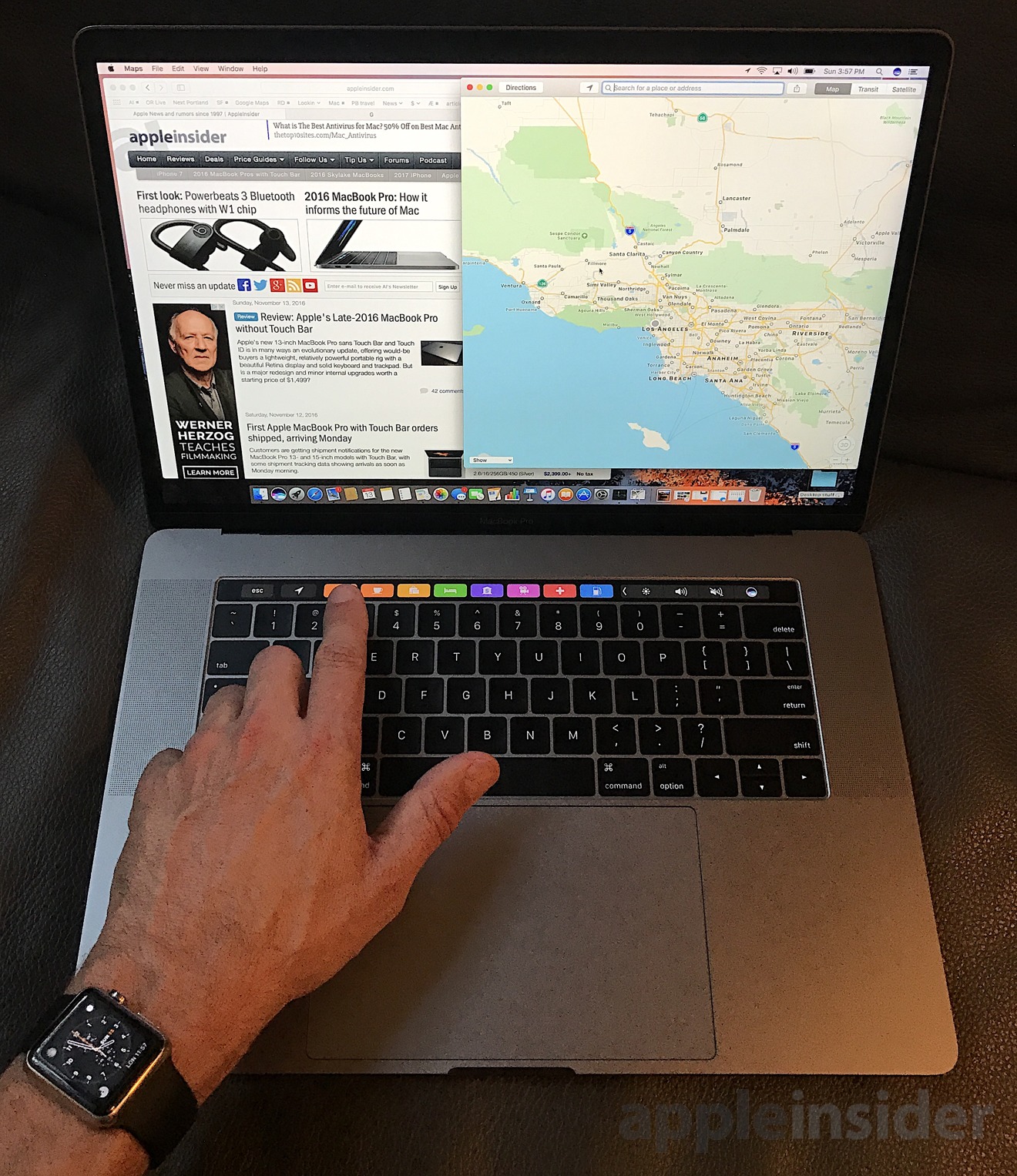
Virtual Machines (Parallels and VMware Fusion) Virtual machines allow you to run an operating system in a window on your Mac desktop. The most common ones are Parallels and VM-Ware Fusion. Parallels: Parallels Desktop for Mac will run Windows on your Mac without rebooting. You can then use Windows apps like they are native to Mac or PC. Install Parallels Desktop Pro Edition, install Windows when prompted by Parallels, and create a Windows virtual machine (Parallels Desktop Pro Edition is necessary for Mendix's network features to work) Install Mendix Studio Pro on your Windows virtual machine; 3 Configuring Your Windows Virtual Machine for Mendix Studio Pro. Nick Dobrovolskiy, Parallels SVP of Engineering and Support, said the company is 'eager to try' the new app on the M1-equipped MacBook Air, 13-inch MacBook Pro, and Mac mini.
Elsewhere, Pro Edition users can now name their custom networks, and export virtual machines in a compressed format that are a said to be a fraction of their pre-compressed size. Parallels has also.
There were some limitations, such as how Rosetta 2 would not work with Virtual Machine apps that virtualize x86_64 platforms, which meant that tools like Boot Camp and Parallels, which is one of the more popular programs that people use to run Windows apps on macOS, would not work. However, there is some good news on that front, in which Parallels has announced that they'll be developing a new version of their software that will support Apple's new M1 chipset.
The company has announced that they are working on this new software designed for the M1, so it should be noted that the current version of Parallels will not work on Apple's new Mac computers. There's no word on when this new M1-supported version of Parallels will be released, but if you do rely quite a bit on Parallels, then this is good news.
There is no word from other developers of virtualization software if they'll be developing an M1 version as well, so for now it looks like Parallels will be the only one. According to the developers, 'Since WWDC, our new version of Parallels Desktop which runs on Mac with Apple M1 chip has made tremendous progress. We switched Parallels Desktop to universal binary and optimized its virtualization code; and the version that we are eager to try on these new MacBook Air, Mac mini and MacBook Pro 13″ looks very promising.'
That being said, we have to wonder how this works. This is because the new M1 chipsets are ARM-based which means that it probably won't be able to run the x86 version of Windows, and might need to run Windows 10 on ARM, which in turn raises the question of app compatibility and availability, but we'll have to wait and see how it plays out.
Filed in . Read more about M1, Macos and Windows 10. Source: parallels
Caution:
Users running ArcGIS Pro on a Mac can leverage Esri Technical Support for questions and troubleshooting. However, all troubleshooting for defects is only performed against certified Windows systems.
Boot Camp allows you to install Windows Desktop OS on a hard disk partition on the Mac hard drive. This allows ArcGIS Pro to run natively on a Windows partition on the Mac. Configuring ArcGIS Pro through Boot Camp is described below, after the minimum hardware requirements. How to restore macbook pro from time machine.
Note:
How Does Parallels Work On Macbook Pro
Running ArcGIS Pro 2.3 and later on a Windows virtual machine (VM) on MacOS requires Parallels version 15 or later. Earlier versions of Parallels are not recommended with ArcGIS Pro.
Minimum hardware requirements
To use ArcGIS Pro on a Mac, a contemporary Mac (MacBook Pro, iMac, or Mac Pro) with a quad-core Intel processor, 256 GB storage, and 8 GB RAM or more is required.
For hardware requirements for the host machine, see the ArcGIS Pro system requirements. If you cannot view all the specifications for the host machine, you can use the Can You Run It utility to check your system's hardware.
Run ArcGIS Pro natively on a Windows partition (Boot Camp)
Boot Camp allows you to install Windows in a dedicated hard disk partition on your Mac. In this configuration, Windows runs natively, accessing the Mac hardware directly. You can access Windows by restarting your Mac and pressing and holding the Option key while selecting the disk partition that contains your Windows operating system.
The limitation is that you cannot access macOS and its applications at the same time. To access Windows and macOS, you must restart your Mac.
To run ArcGIS Pro in Windows installed natively with Boot Camp, you need your ArcGIS Pro installation files and a Windows installation DVD or disc image (.iso), if you haven't already set up Boot Camp. Apple iphone 4 software, free download.
The Boot Camp Assistant helps you install Windows in a dedicated hard disk partition. You can access the Assistant from the Utilities folder in the Applications folder in macOS. For more information about Boot Camp, see Apple's Support site.
Run ArcGIS Pro in a virtual environment
ArcGIS Pro can also run in a virtual environment such as Parallels. This allows you to run Windows without creating a partition on your machine.
Recommended settings for Parallels
To run ArcGIS Pro with Parallels version 15, the following are recommended:
How Does Parallels Work On Macbook Pro Case
- Run the Mojave operating system or later.
- Disable the Auto graphics switching option in the Mac system settings and Parallels.
- Set the GPU memory assignment to Auto.
- Assign at least 2 virtual CPUs to the machine.
